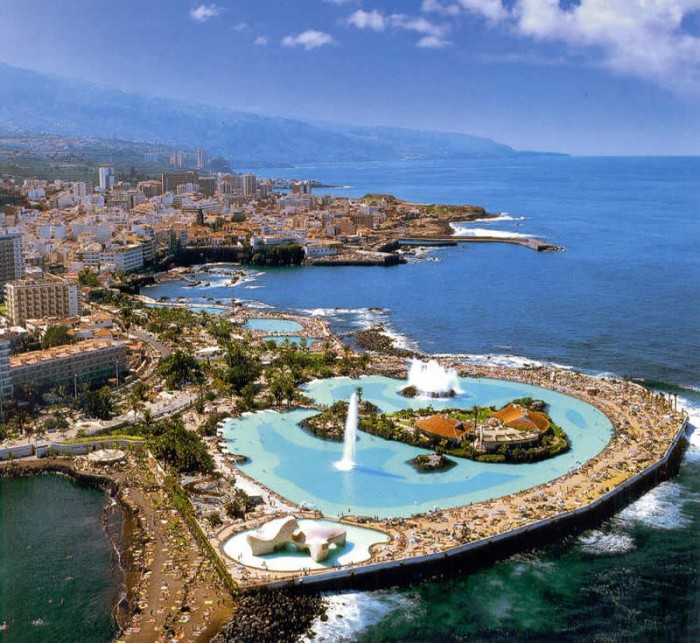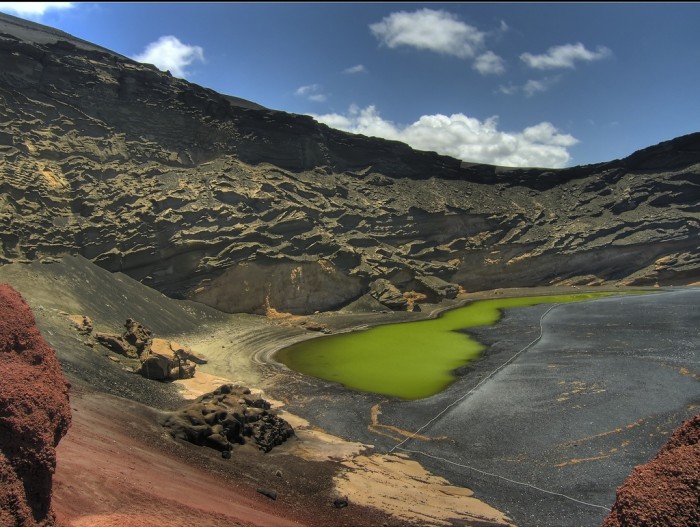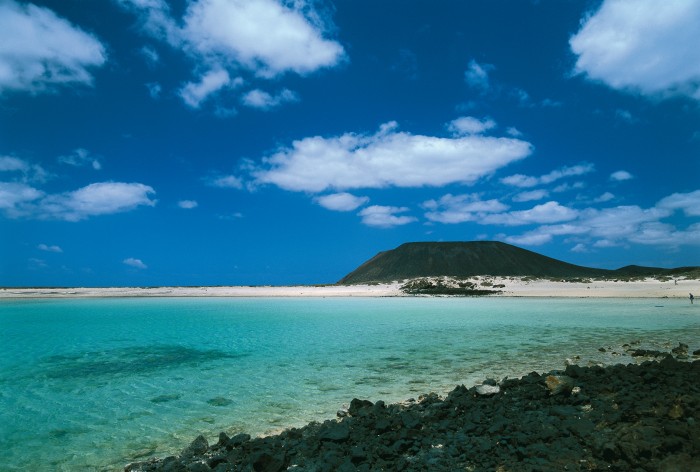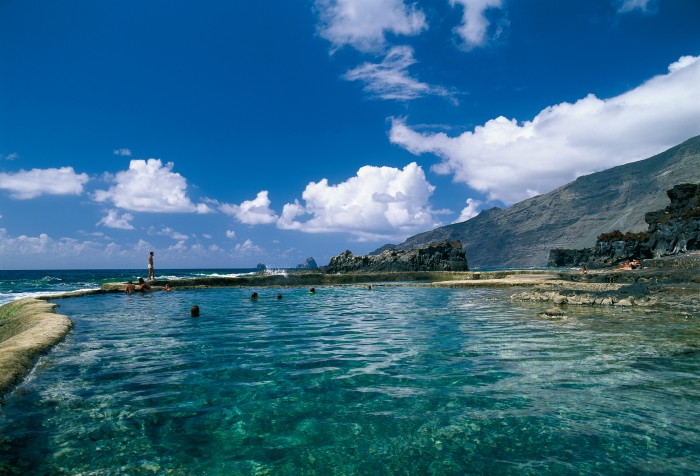The Canary Islands are well developed tourist destinations and, as such, resorts there often offer plenty of entertainment and activities, from bars and nightclubs to watersports and kids clubs.
But, while these can be fun, an oft overlooked quality of the Canaries is their outstanding natural beauty. Most of the islands feature unspoilt coastline, plunging cliffs, imposing mountains, awe-inspiring volcanoes, mysterious caves and an abundance of marine life.
So rather than spending all your time enjoying the man-made pleasures of the Canaries, escape the tourist crowds and explore some of the islands’ natural wonders.

Tenerife
There’s no better place to start when discussing the Canaries’ natural beauty than Tenerife as the biggest and most-visited island in the chain is also home to some of its most spectacular scenery. The landscape is dominated by the Pico del Teide, which, at 3,718m, is Spain’s tallest mountain peak. This mountain is in fact an active volcano – the third highest in the world, although there haven’t been any eruptions since 1909. Over the centuries, lava flows have created an almost other-worldly landscape of rock formations and intense volcanic colours across the surrounding area. The volcano and its environs form the Teide National Park, which has an area of 18,900 hectares and is ideal for walking and hiking trips.

Lanzarote
The volcanic landscapes of Teide National Park may be impressive, but the awesome power of nature can really be appreciated at the lava fields of Lanzorate. Timanfaya National Park makes you feel like you’re on an alien planet rather than an island in the Atlantic Ocean. The scenery is littered with volcanoes and bizarre rock formations created by the flow of lava over thousands of years. On organised tours of the park you can witness guides undertaking geo-thermal experiments to demonstrate just how hot the earth is under the volcano, while learning about the five villages which were completely buried during the last eruption serves as a reminder of the destructive power of mother earth.
As with other islands in the Canaries, Lanzarote is also home to number of caves and exploring these can make for a fun and different holiday experience. The Cueva de los Verdes is actually a vast network of underground chambers created around 3,000 years ago by lava flows and are among the most spectacular caves in the archipelago – a visit is highly recommended.

Fuerteventura
Fuerteventura has perhaps the greatest biodiversity and unspoilt natural landscape of any of the Canaries, as indicated by its designation as an official biosphere reserve by UNESCO in 2009. There are 13 natural protected parks and areas on the island with nearly 50 per cent of the total land area under legal protection or conservation status. This makes it a great place to spot wildlife and the island is home to one of only two surviving populations of the Canarian Egyptian Vulture anywhere in the world.
Fuerteventura is also an ideal location for spotting marine life, with whales and dolphins often visiting the waters nearby.

El Hierro
A great deal of the Canaries’ natural beauty is hidden offshore beneath the ocean, and there are great diving opportunities off the coast of most of the islands. Perhaps one of the best for diving, however, is El Hierro – the southernmost of the Canaries and also one of the most remote, making it ideal for those wanting to escape the built-up tourist resorts of the better-known islands.
The best diving is at the Mar de Las Calmas, where the water is clear and pleasantly warm most of the year round and there is an abundance of colourful marine life to see beneath the waves.
Of course, the suggestions above merely scratch the surface of the many natural wonders of the Canaries, with all the islands in the chain offering something different.



